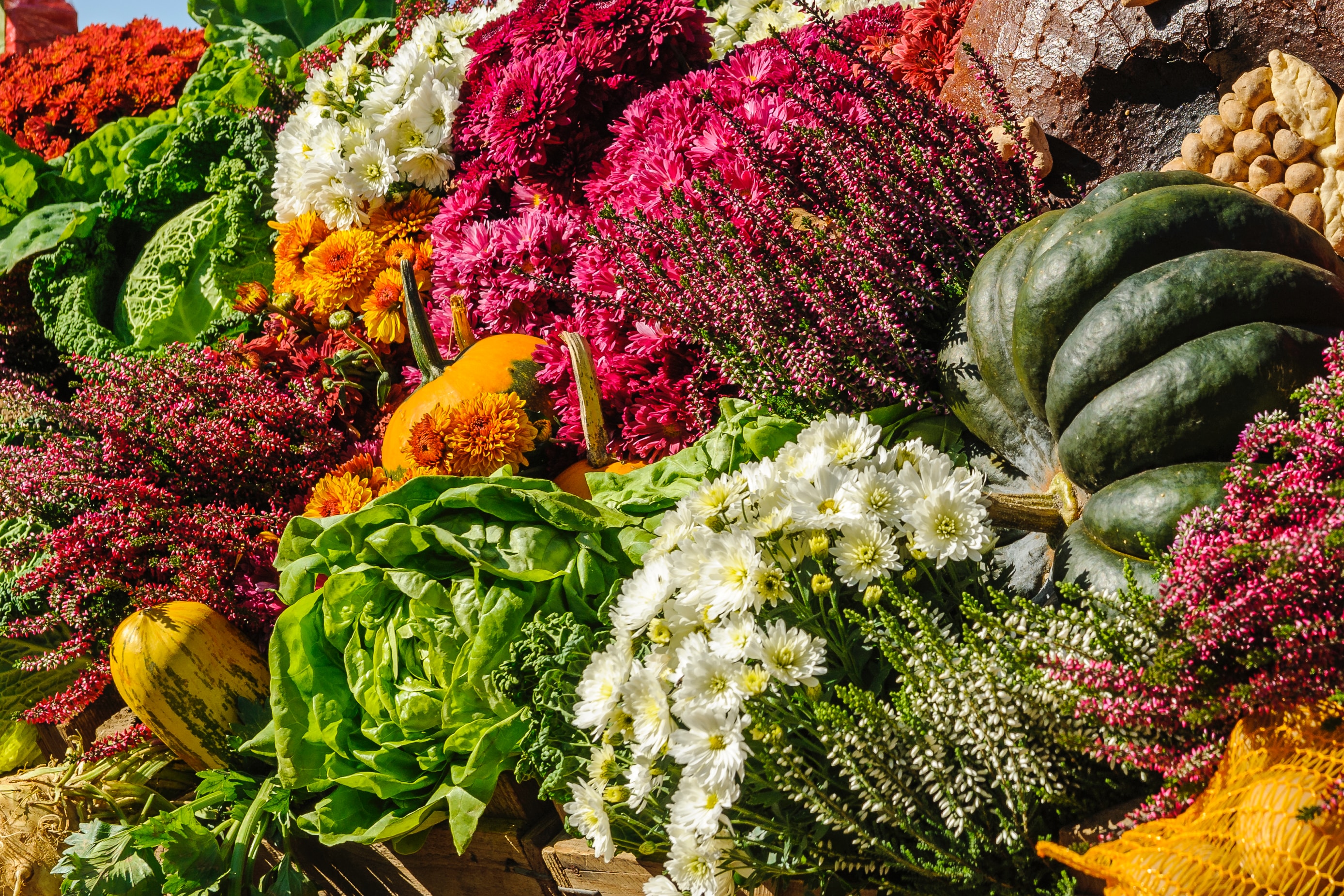EU - Growth in food consumption

Thanks to income growth and changes in consumer preferences in the past two decades at a global level, food consumption has been growing rapidly. In parallel, rising societal and environmental concerns in developed economies have influenced consumer preferences, leading to lower red meat consumption for example. These are among the main findings of the “Global food supply and demand, consumer trends and trade challenges” market brief, published by the European Commission.
The substantial global increase in maize is linked to the expansion of livestock production and to the production of maize-based ethanol: the main suppliers are South and North America, while the EU is the biggest importer. As for soya, the EU is the main destination market, however, import needs are declining by using alternative sources such as cereals and pulses. Sugar per capita consumption is much more stable worldwide: the highest user is South America, while in the EU the level is around 30 kg per capita and this is attributable to the lower use of other sweeteners. For beef, the largest consumers are in North America, followed by South America and the EU ranks fourth because the last three-decade consumption per capita has decreased due to shifts in consumer preferences.
Poultry consumption increases significantly all over the world, and gains over other meats being cheaper and more convenient because it is the first meat eaten in the Americas, Oceania and Africa. As for dairy products, EU and North America are the highest consumers; in South America, consumption grew and in Asia it will reach 70 kg per capita in 2020.
More detailed information is available in the Report for the following subjects: wheat, maize, soya bean, sugar, beef, pig meat, poultry and dairy sectors.
Source: European Commission NEWS

